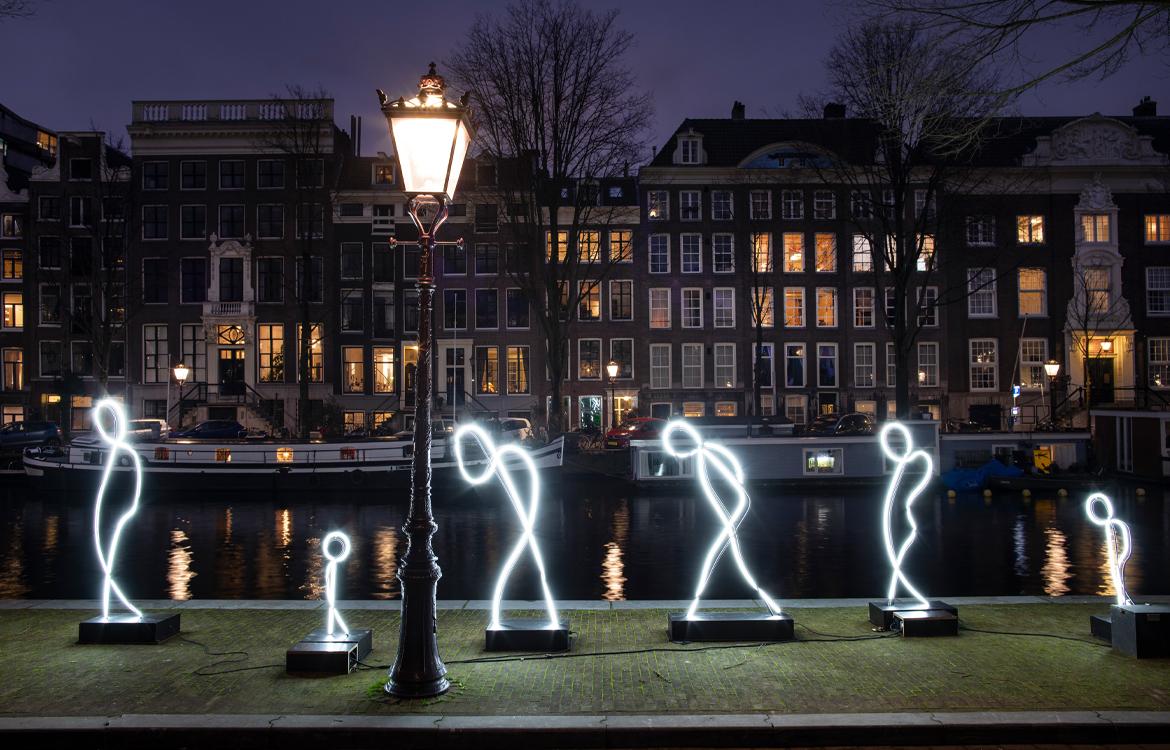Subthema: Humanity
AI has the ability to completely change the way we connect with one another. You might have already seen the rapid change in predictive text, how mobile phones and writing software almost knows exactly what you’re going to say next. We can communicate and express ourselves in more ways than we ever could before - at least online.
Every person in every photo we take can be identified through facial recognition technology. The same technology is scanning people on the streets, cars on the motorway to identify people of interest. Whose interest is it? Who is identifying whom? Globally, AI Ethics in political, socio-economical realms is explored and trustworthy AI guidelines are being legalized.
Our mobile phones have become an extension of our physical bodies. We’re more visible, accountable and accessible to everyone than ever before. But are we closer? There are so many images, sounds and texts that we’re almost overwhelmed, but what about our fundamental human needs such as physical touch or eye contact? It is important to recognize the development of Emotional and relational AI which address these issues, where Social robots help defeat the loneliness of the aging population and provide therapeutic companion to children with autism.
The artworks in this group explore the impact of AI and technology in our social and political landscape.They look into our human behaviors, flaws and the limitations in how we connect to one another, how we control or govern. What makes us human and what makes our society work? Despite always being present and visible online - we are more and more contact-less. Is it possible that we’re more absent in the real world?
